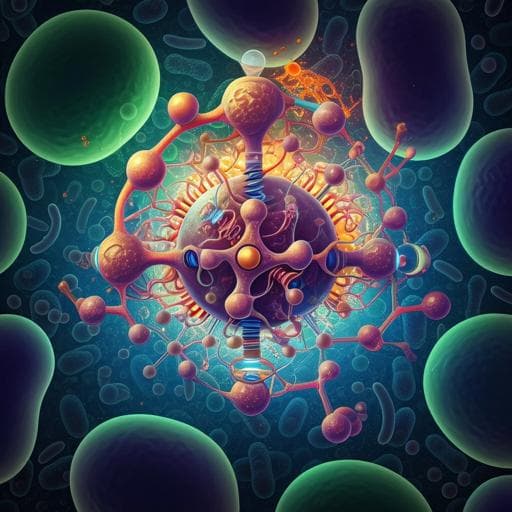
Biology
Structural basis for safe and efficient energy conversion in a respiratory supercomplex
W. Kao, C. O. D. P. Northumberland, et al.
Discover how proton-translocating respiratory complexes in *Corynebacterium glutamicum* form supercomplexes for efficient energy conversion while limiting harmful reactive oxygen species. This research, conducted by an expert team including Wei-Chun Kao and Claire Ortmann de Percin Northumberland, unveils critical structures for potential drug design against actinobacteria.
~3 min • Beginner • English
Related Publications
Explore these studies to deepen your understanding of the subject.







